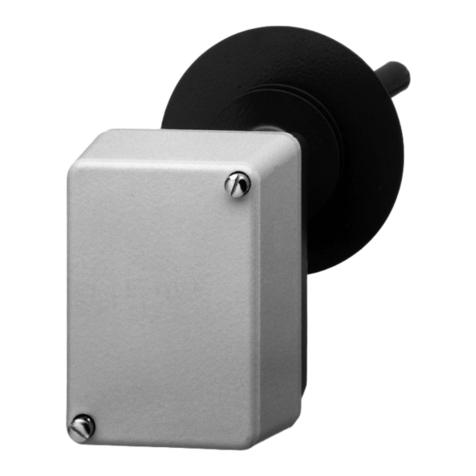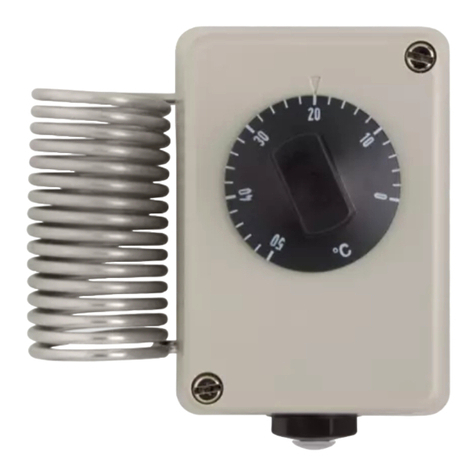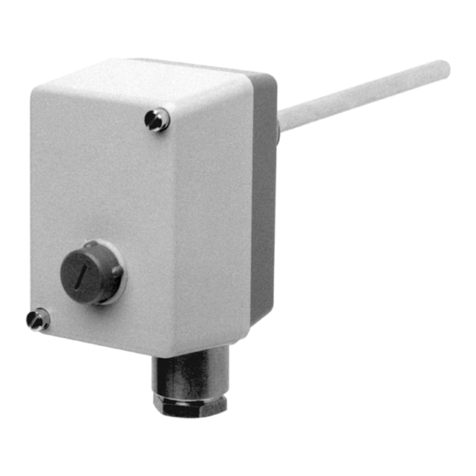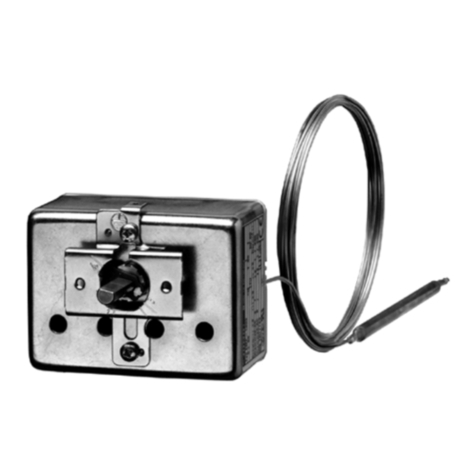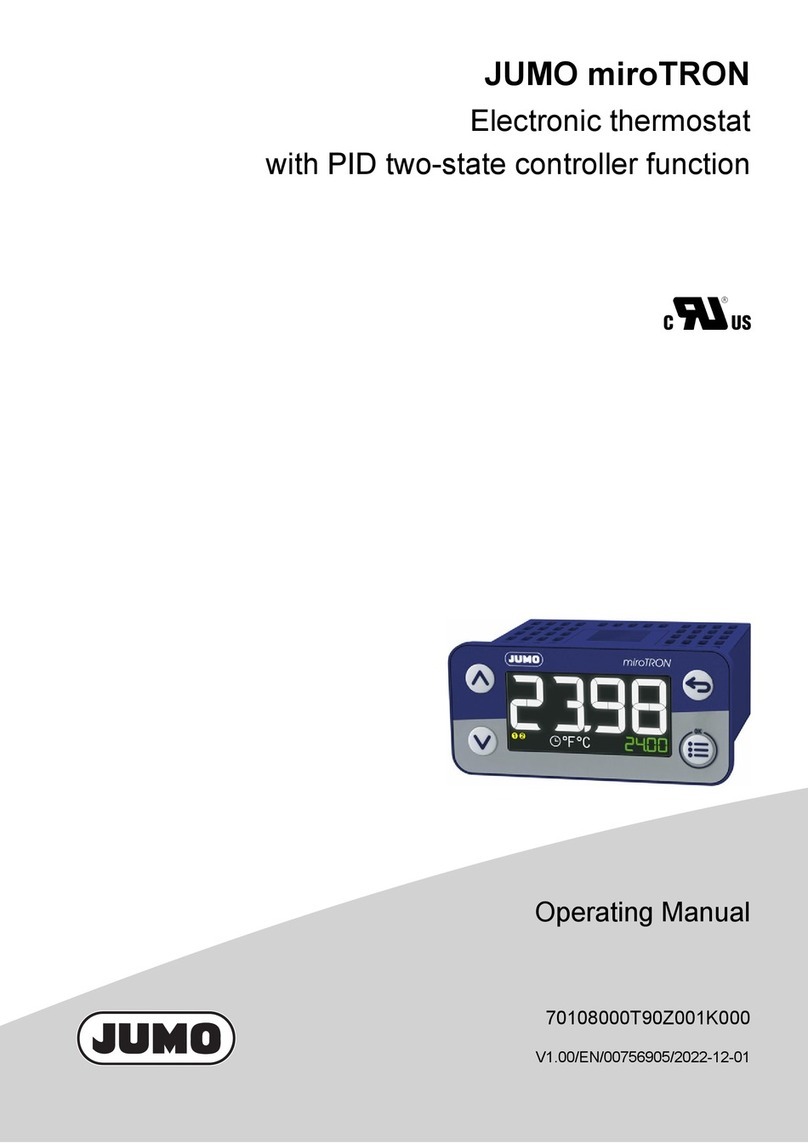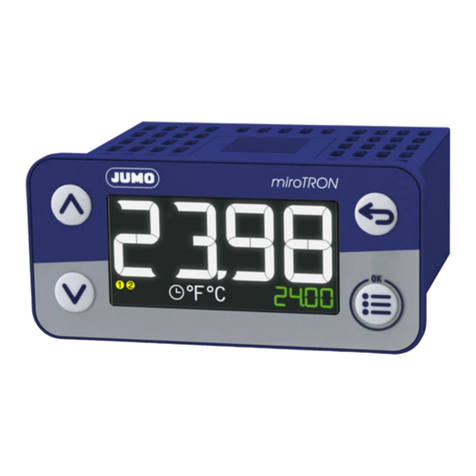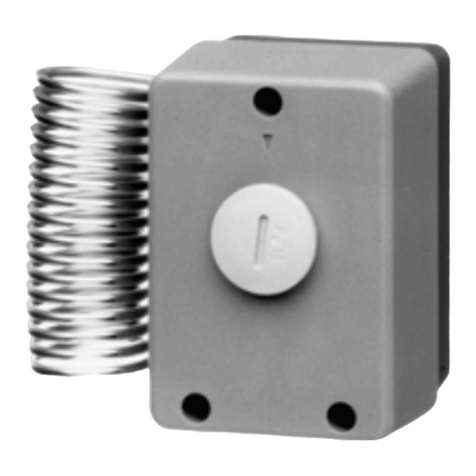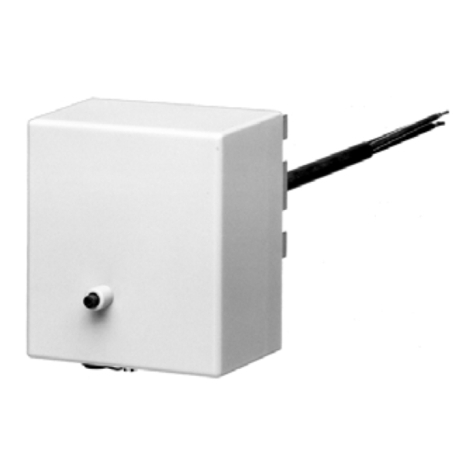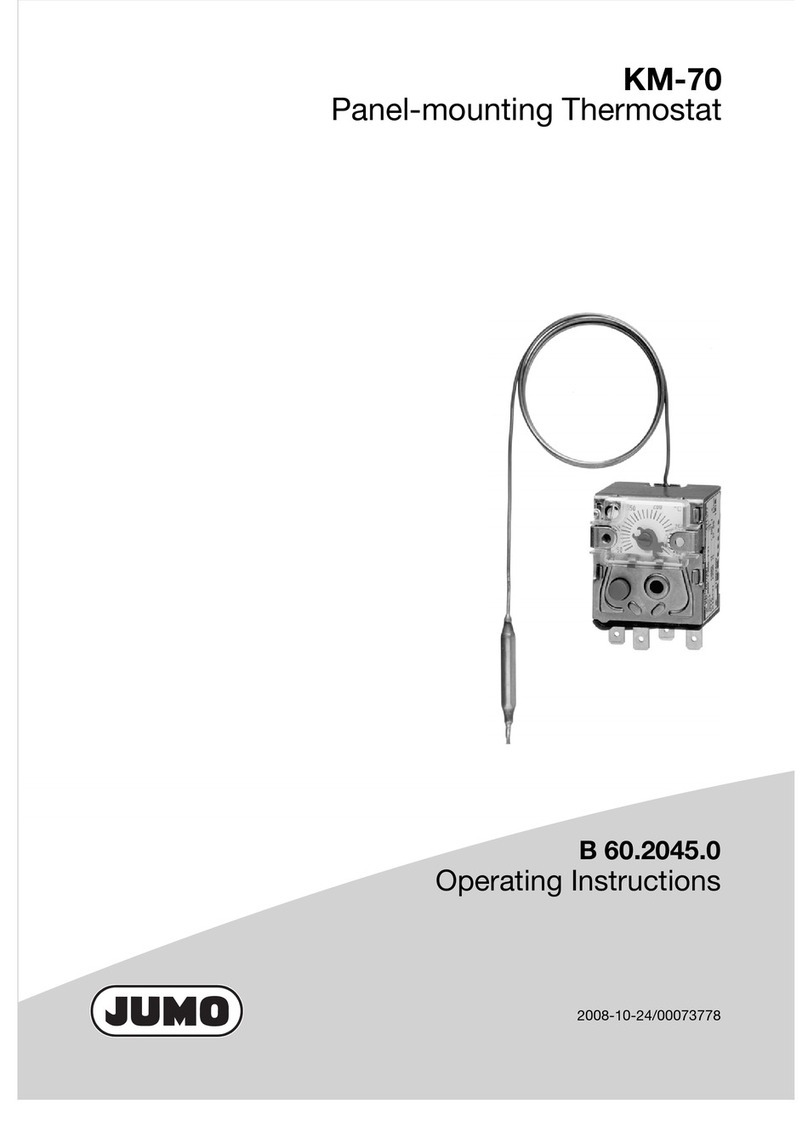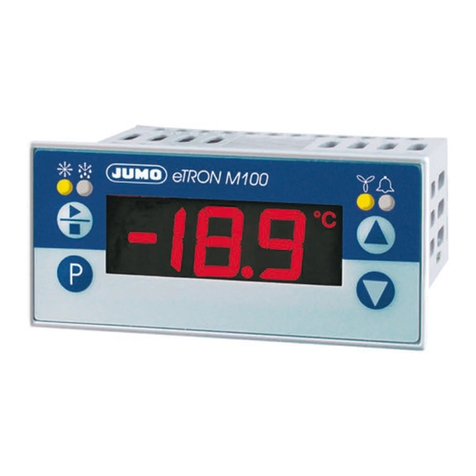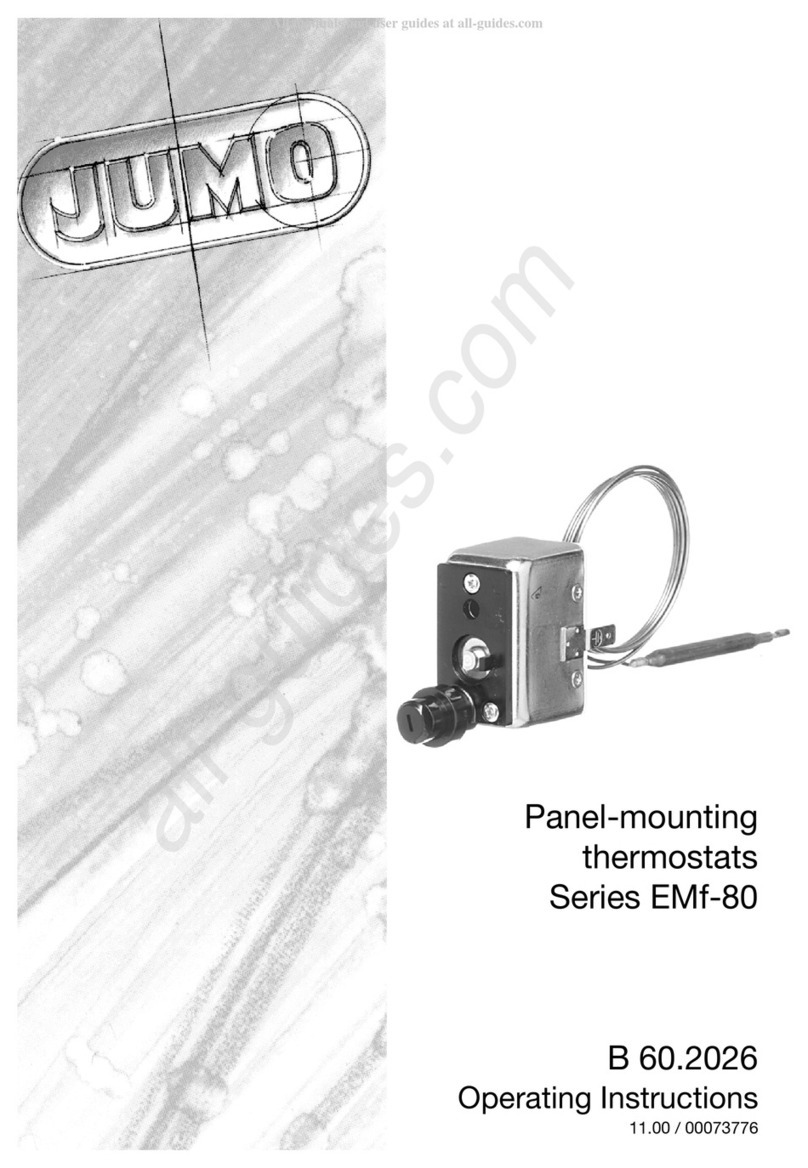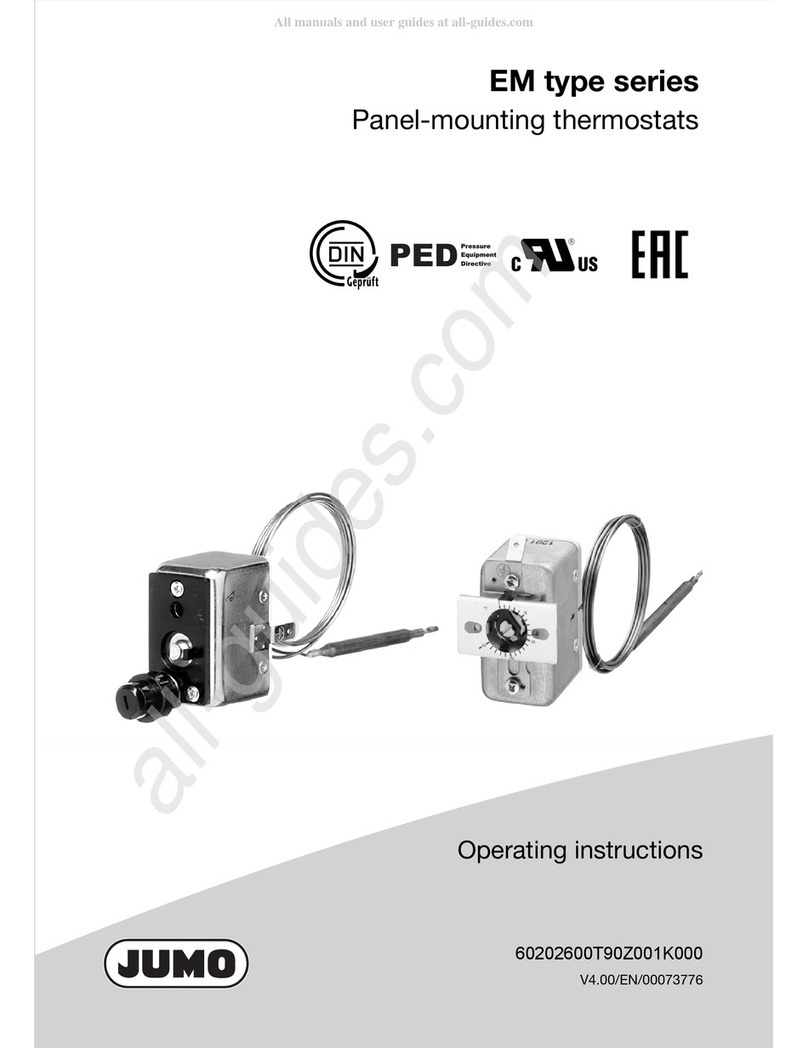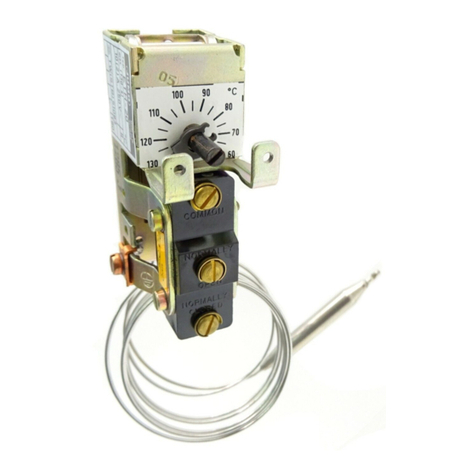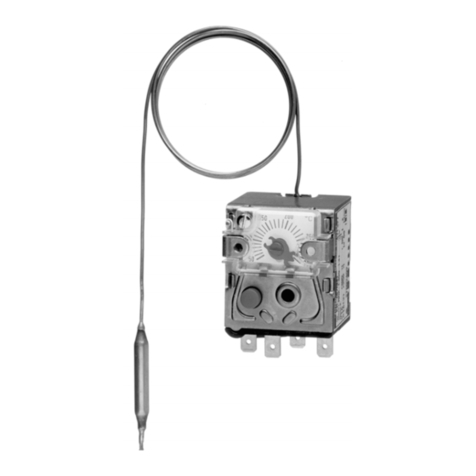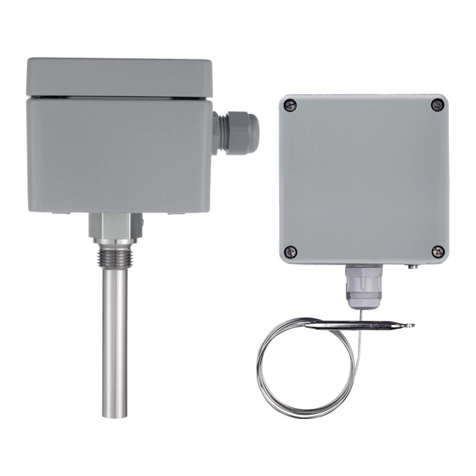
Contents
Page
1 Introduction ............................................................................... 5
1.1 Typographical conventions ...................................................................... 5
1.1.1 Warning signs ............................................................................................. 5
1.1.2 Note signs ................................................................................................... 5
1.2 Application ................................................................................................. 6
1.3 Marking ...................................................................................................... 6
1.4 Safety notes ............................................................................................... 6
2 Instrument identification .......................................................... 7
2.1 Nameplate (example) ................................................................................ 7
2.2 Type designation ....................................................................................... 7
3 Mounting .................................................................................... 8
3.1 Dimensions ................................................................................................ 8
3.2 Opening the case .................................................................................... 10
3.3 Fixing the surface-mounting thermostat .............................................. 10
3.3.1 Code s (rigid stem) .................................................................................... 10
3.3.2 Code f (with capillary) ................................................................................ 10
3.4 Capillary / temperature probe / sheath ................................................. 11
3.4.1 General ...................................................................................................... 11
3.4.2 Approved process connections ................................................................ 11
3.5 Permissible pressure at the sheath ....................................................... 12
3.5.1 Sheaths 20 and 30 .................................................................................... 12
3.6 Mounting the probe ................................................................................ 13
4 Installation ............................................................................... 14
4.1 Regulations and notes ............................................................................ 14
4.2 Electrical connection .............................................................................. 15
4.2.1 Closing the case ....................................................................................... 16












